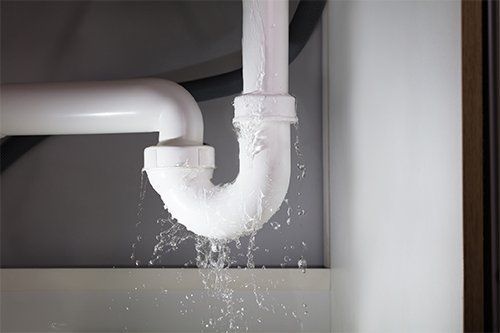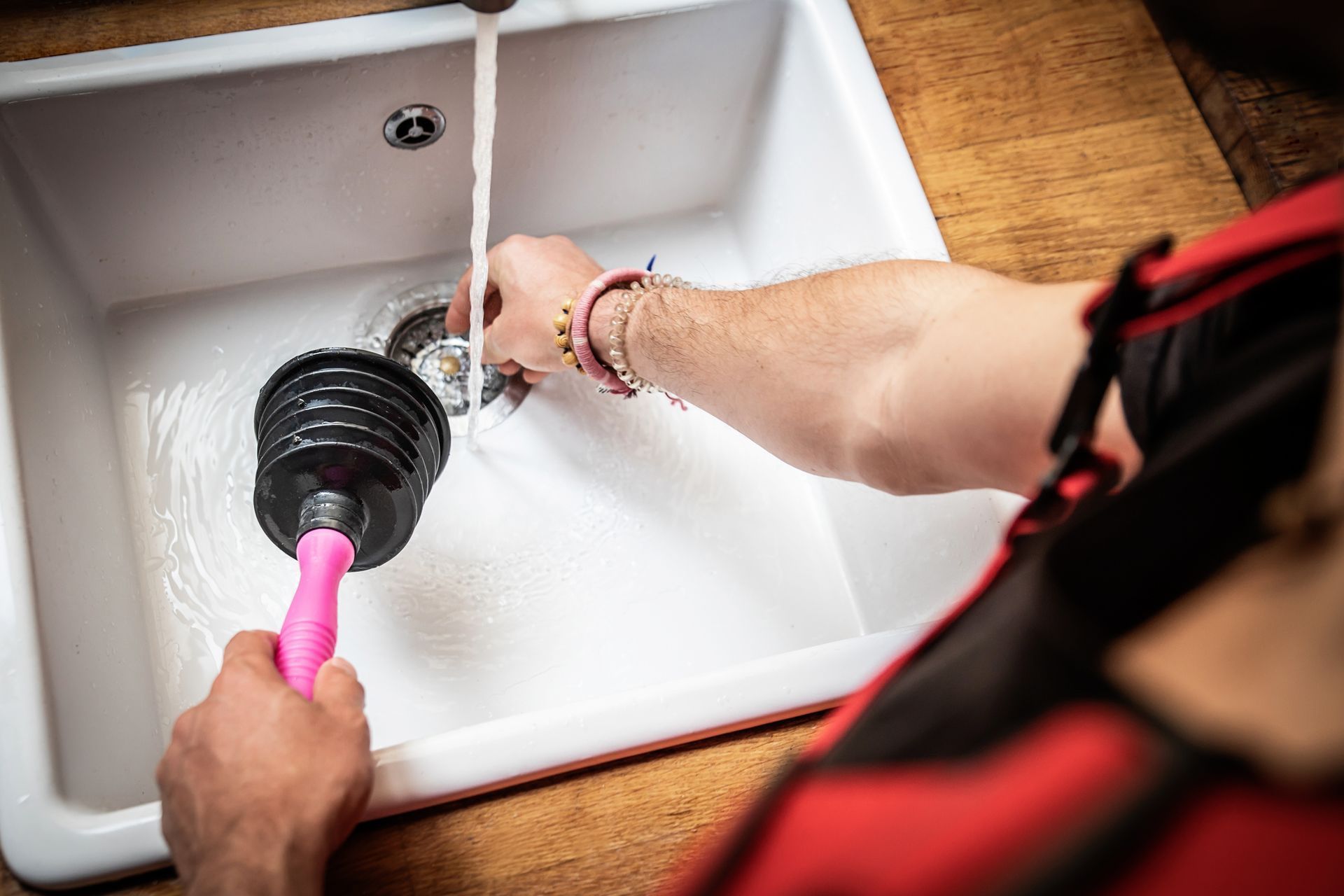Common Sink Leaks You Could Probably Fix Yourself

Sinks in a home may suffer from multiple types of leaks that often seem mysterious or hard to fix without professional help. In many cases, professional repair is necessary for serious leaks. However, many types of sink issues may be repaired with simple DIY repair methods. Try out the following techniques if you feel comfortable working with basic plumbing tools like wrenches.
Loose O-Rings
The o-ring is a rubber circle that holds the handle of a faucet down and keeps water from leaking around the edges. Unfortunately, the o-ring may end up getting loose or worn out over the years. This issue causes leaks around the edges of the faucet that occur whenever water is used. Thankfully, replacing the o-ring is one of the easiest DIY repairs on a sink.
Start this process by carefully unscrewing the tip of the faucet and checking the o-ring position. In some cases, the o-ring may merely be loose and require a little repositioning to get back into place. A worn o-ring has frays around the edges of the rubber that make it inefficient. Remove this any frayed or damaged o-ring and replace it with a new one, which can be found in most supermarkets.
Leaking Water Supply
Under the sink, several hoses connect to the main pipes to provide it with both hot and cold water. As a result, these hoses are typically under a high degree of pressure that often frays their connections and causes them to malfunction. These leaks usually occur around the shut-off valves and near the compression fittings, particularly if these end up getting loose.
Thankfully, this repair is typically quite simple to perform. Run water and watch for leaks around the hoses and fittings. Then, use properly-sized locking pliers or another plumbing tool to tighten these pipes or tubes. Locking pliers provide the best repair chances because they can be adjusted to fit the pipe and the hose and keep them firmly attached.
Malfunctioning Waste Disposal
The waste disposal unit in many modern sinks helps to break apart food and other types of waste products smoothly and efficiently. However, these units may also suffer from failure with various seals throughout the unit, including the pipes where the disposal connects to the sink. When this seal wears down, water may start to leak out around the edges of the pipe.
Similarly, the pipe at the bottom of the unit may also suffer from seal failure and leak small to moderate levels of water. These repairs require removing the broken seals from the pipe, replacing them with newer seals, and tightening the pipes fully back into place. This process is a little complex for some homeowners but is possible with a bit of work.
Gushing Drain Trap Leaks
The drain trap helps to keep water flowing smoothly through a sink's pipes and features many connections that often wiggle loose. These connections include various types of screws, bolts, and compression nuts. The trap may also leak if the drain pipes block and put pressure on the pipe, allowing a little waste water to flow past.
Unfortunately, corrosion may also cause some leaks. As a result, repairs on the trap may be a little trickier for some homeowners. Typically, this process requires tightening all of the connecting bolts first and then checking for clogs if the leaks persist. And if signs of corrosion appear around the trap, replacement may be necessary.
Although most homeowners should have little trouble managing these common leak issues, professional help is still a wise choice for managing many of these concerns. So if your sink is leaking and you want to ensure it runs smoothly, please call us at O'Fallon Sewer Service to set up an inspection appointment. Our professionals will work hard to ensure your sink no longer leaks.








